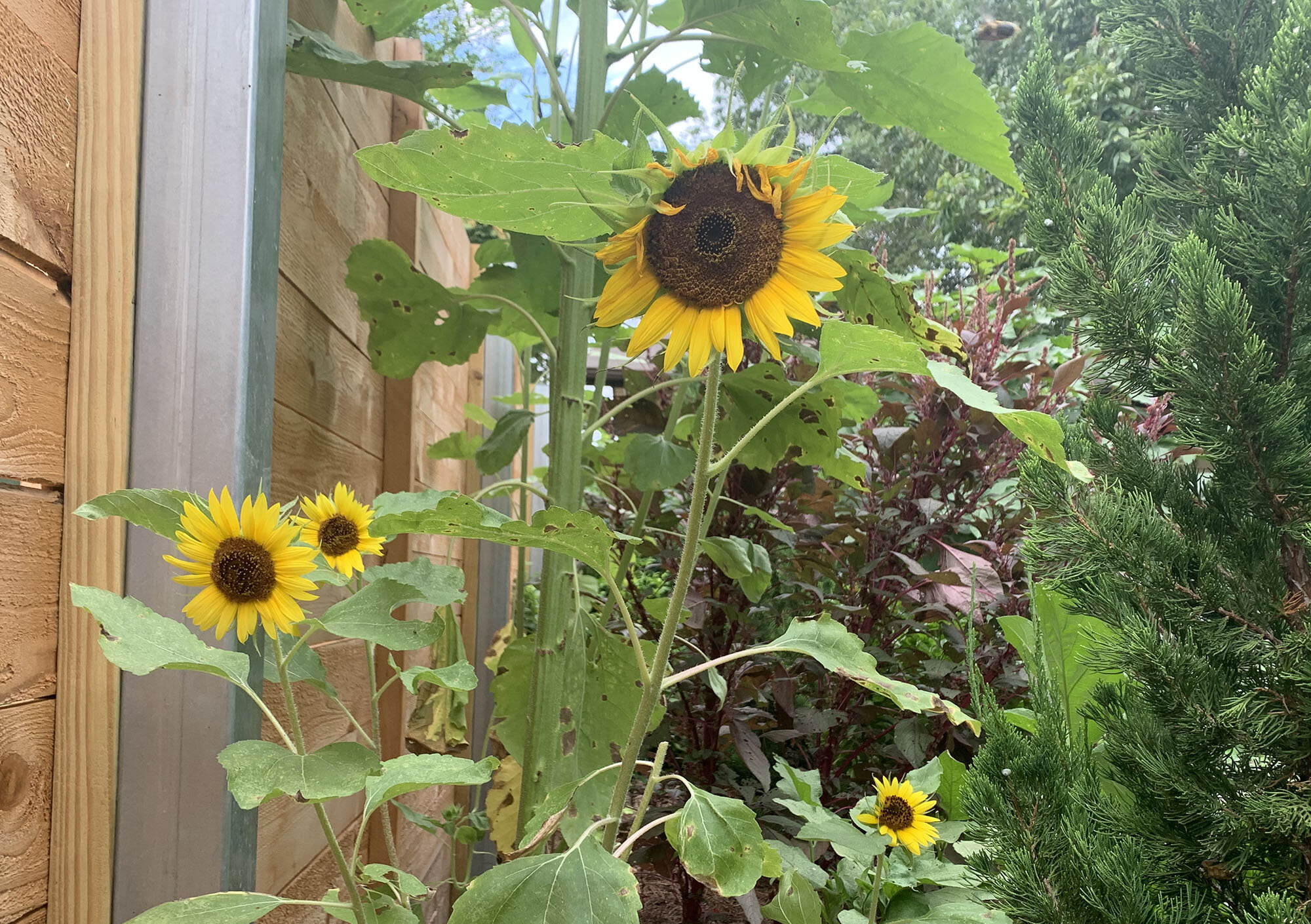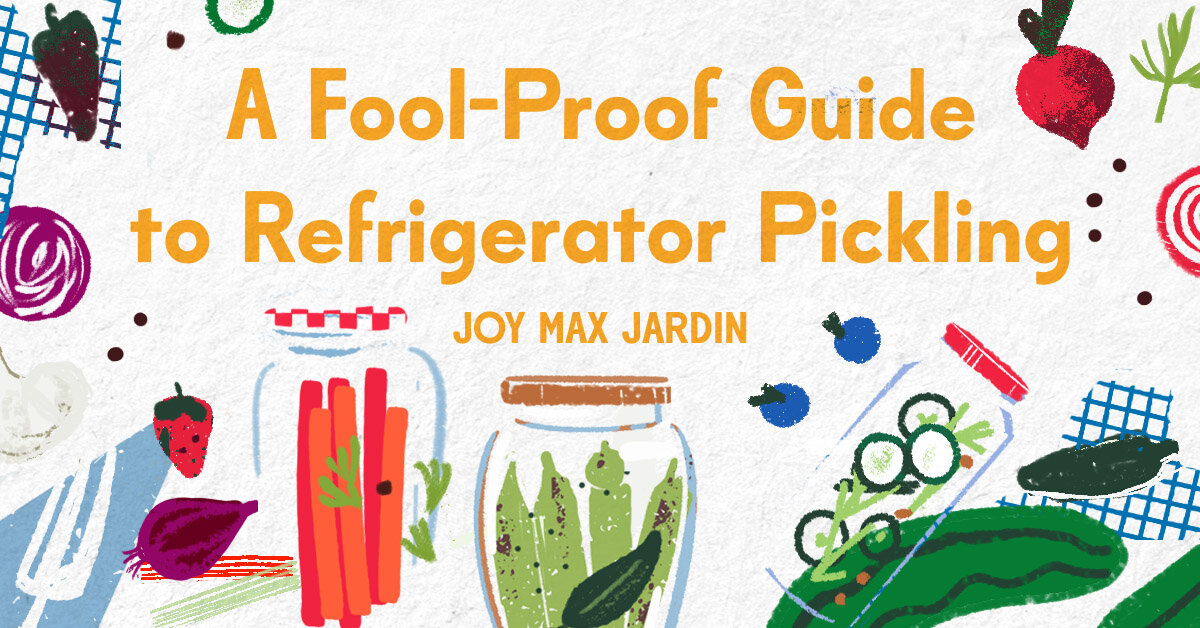What to Do in the Garden in August
Perennial 'John Fanick' Phlox, in my August garden. 2019. Summer can be brutal in Texas and I always see it in my phlox blooms. In 2023, the hottest Texas summer on record, what phlox blooms emerged were bleached white of all color.
Oh holy moly, it’s hot. Do you have to do anything this month? No, honey! You can take the month off and just wait until September to get going on your fall garden. If you do want to participate, I have some Joy Max suggestions for you.
Find your joy
Two ideas that require no sun exposure and little physical effort:
(For the ambitious) start some seeds indoors for your fall garden.
(For all of us) prep your beds for fall
If you are growing your fall seeds from seed, the time to start them indoors is in late summer. The fall is so much easier for the central Texas gardener than the spring. Our mild winters mean we enjoy a very long growing season. It’s hard to imagine when it’s boiling outside, but fall is right around the corner.
Sunflowers and amaranth in August. The hotter and dryer the month is, the worse your plants will look. This photo was from a wet Austin August (2021). After a month of 100º and hotter days in 2022, I still had blooms on my sunflowers but the leaves were a lot crispier and more pests had moved in. In sizzling 2023, all my sunflowers were crispy and shriveled by August.
What to Plant this Month:
If you want to start fresh with new tomato transplants, get those now. Go with determinate tomatoes or cherry varieties for your best bets at a fall bounty. For my eager beavers, start these seeds inside in early August: broccoli, broccoli rabe, cabbage, cauliflower, Brussel sprouts Mid-August: kale, lettuce, Asian greens, cabbage, and calendula. After they have a few true leaves, pot them into starter cells with some slow-release, granular, organic fertilizer like MicroLife. You won’t want to set them outside until it cools in September. That’s when you’ll want to direct sow your beets, radishes, carrots, peas, and spinach outdoors as well.
You should also consider picking up wildflower seeds as October is the month to sow them and they become harder to find as that month approaches.
Outside you can plant black-eyed peas, lima beans, and potatoes (in late August)! Black-eyed peas, also known as cowpeas, make a great cover crop. More on that below. If the squash vine borer hasn’t totally broken your spirit, you can attempt winter squash and pumpkin. I’ve been traumatized by that insect enough for one lifetime, so I cannot recommend those crops as Joy Max selections.
Other tasks to do in August:
Okra that gets too large in the heat becomes inedible. Harvest often.
Stay on top of harvesting. In cooler months, okra that gets overlarge can still be eaten, as it remains soft. Not so in the summer. Okra pods get hard much faster in the heat. Herbs grow like crazy in the summertime. Pinch off those Italian basil flowers and cut back your shaggy woody herbs, like oregano and thyme.
Not one, but TWO pickled okra recipes for you to try!
Foliar Feeding! Another sweet thing to really glow up your plants this month is to feed them through their leaves. Mix seaweed or fish emulsion with water or make a compost tea and spray them all over. Late afternoons once they aren’t directly in the sun is the best time to do this. The next day they will look so full and moist, it’ll almost seem like it rained.
Fall tomato time
Pick up some determinate tomato varieties from a nursery for a fall harvest and prune back your existing plants and refresh their soil for new life.
How to revitalize healthy spring-planted tomatoes: Cut them low to only their healthiest two or three stems, removing any foliage that isn’t totally healthy. It’s best to do this as soon as they stop producing in July, but as long as it’s done by early August, you should be in good shape. If your tomatoes are beset by pests, have been neglected and not watered, or seem sickly, don’t attempt to get more from them. I recommend doing this on only your early tomatoes or smaller tomatoes varieties. Heirlooms and large tomatoes take too long to produce and the frost may get them first. If you see any healthy suckers you can use them as new tomato starts, get some roots going by propagating them in water. Or, faster but dicier, you can also pot those up or plant them in the ground straight away. Nurture them until they root. Water them really well with seaweed water then keep moist until they get going. Protect new tomato starts from harsh sun with a propped-up piece of cardboard or something similar, until they are stable. Then slowly introduce them to full sun over the next week, removing the cardboard in the morning but replacing it as the sun gets more intense.
Prep your beds!
Clear your plants that are no longer producing by cutting off at soil-level. Add 2–3 inches of compost and an all-purpose organic fertilizer to replenish your soil. For areas where you want to start a no-till bed that wasn’t there last season, set down cardboard and newspaper and water deeply. Then place some rocks or something heavy to keep your paper layers from blowing away when they dry out. You want to kill the grass, and the heat of the sun will quicken that process. Add layers of organic material like grass clippings, leaf mulch, and table scraps (no meat) to the paper layers. By the time fall comes, you’ll just need to add compost and some topsoil, and you’ll be good to go - No tilling, hoeing, blisters, or sweat involved. This method is not only easy but also preserves the mitochondrial network and life of your soil. If you have areas of the garden you’ve already cleared, consider planting a cover crop like black-eyed peas (southern peas) to both protect the area from encroaching weeds and to grow your own living mulch. Chop it down before it flowers, and let it become part of the organic compost, enriching your soil with nitrogen for your fall plants.
Prune, treat, & feed whatever else is still alive in the garden.
If you continue to have producing cucumbers, cucumbers, peppers, melons, and eggplant, they only made it this far because of your exquisite care and attention. You did that! Gardening through the Texas summer is not fun. Acknowledge your accomplishment. Remove any unwieldy stems or suckers or damaged leaves to improve air circulation and make it easier to spot both pests and unpicked fruit. Make sure you dispose of any diseased leaves in the trash rather than your compost bin. By now, these plants are probably seeing some pests move in like spider mites, aphids, cucumber beetles, and leaf-footed bugs. Those last two are impossible to kill with just my all-purpose soap spray. You literally have to squash or drown them. My newest method is to sneak up on them wearing garden gloves and clap my hands together from both sides to try to smash them. I’m usually too slow. They are super-fast and fly off to return as soon as you are gone. If you have a hand-held vacuum, or one with an attachment you can reach to your plants, that works well to remove them. You can also release ladybugs and other beneficial insects into your garden, which is a lovely experience that I highly recommend.
Mulch any open soil areas left after removing summer crops. They will otherwise fill in with weeds right before you want to plant for fall. Nature abhors a vacuum so always cover bare soil with mulch or a cover crop or weeds will do it for you.
Continue your soap spray applications to your zinnias and cucumbers and then everything else if there is any leftover. Powdery mildew becomes especially prevalent in high heat and humidity. Make sure you are cutting your zinnias, cosmos, ornamental basils, and other annuals frequently to keep them producing flowers. If you don’t cut them for vases or bouquets, deadhead all flowers to keep them blooming. Anything that is growing tall and lanky, cut back far with the bloom to just above a leaf node so that the stem stabilizes and doesn’t hang over to the ground anymore. I do this with gomphrena, zinnias, firewheels, celosia, sunflowers, and coneflowers.
Water new trees and shrubs deeply. If you’ve planted a tree or invested in a nice shrub or bush in the last two years, once every week and a half or so leave a hose to slowly drip water at the dripline for about a half an hour to really get a good deep soak. They are still babies and need help to make it through the summer heat. Giving them love when they are in their infancy will help them grow into healthy, lasting fixtures in your landscape.
Bring your soil back to life. If you still have an active garden, apply a soil activator early in the month. Take note of how your plants respond, they should be delighted. Otherwise, wait until mid or late August in advance of planting your fall garden.






An easy-to-make garden spray to control pests and control powdery mildew